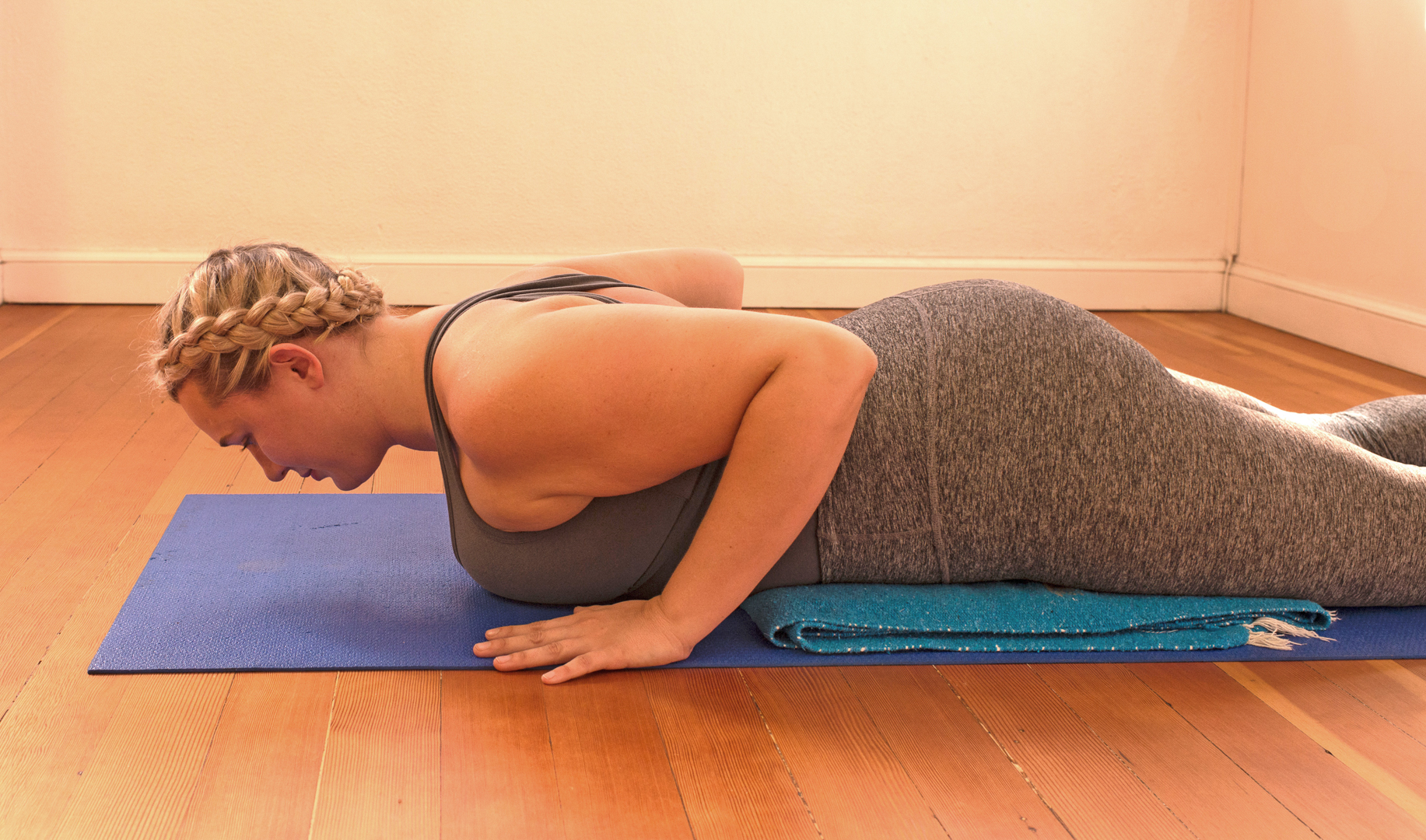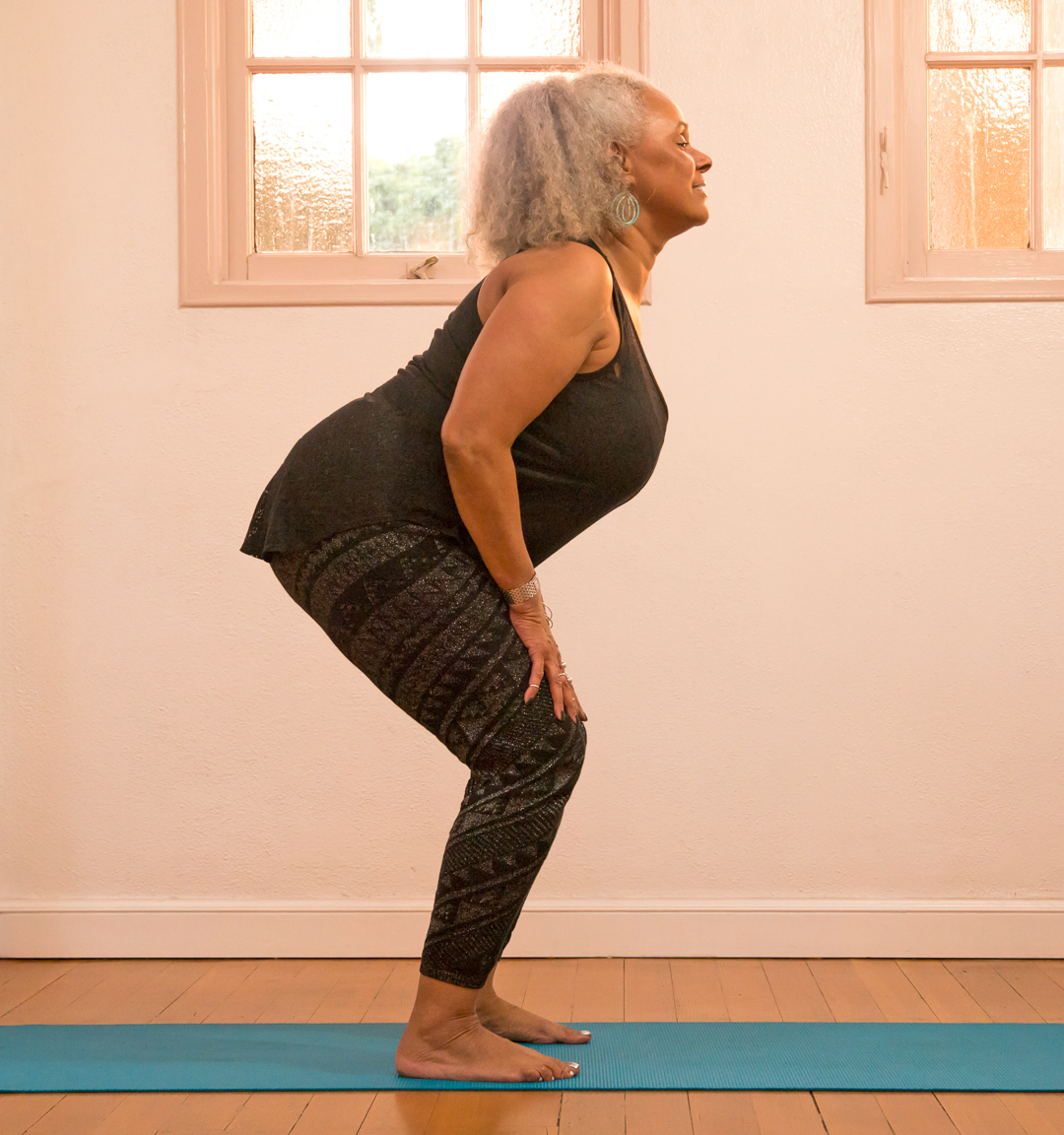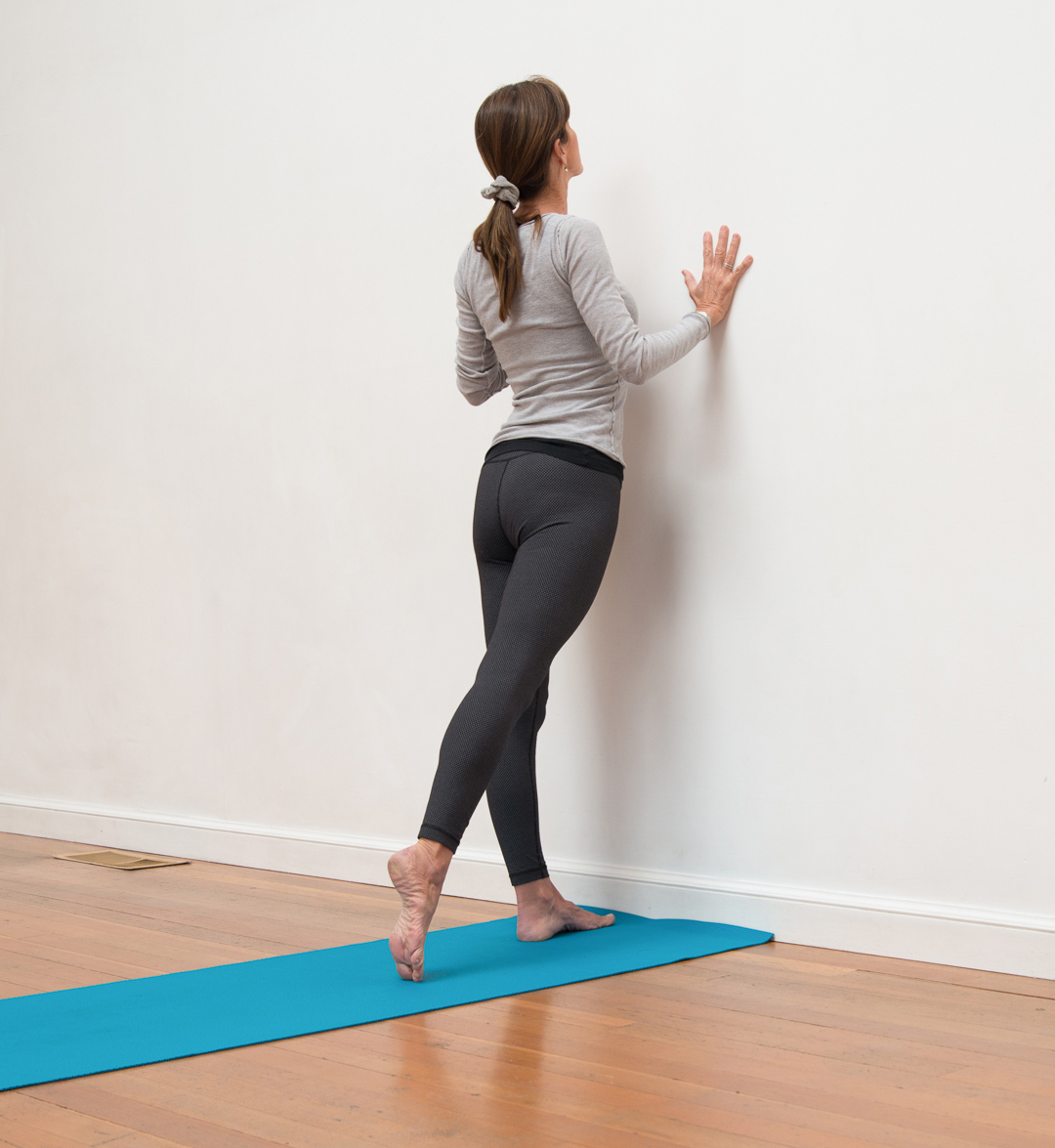
Making Backbends Accessible
This is the fourth in a of articles that will cover a number of variations on classical yoga practices in the hopes of supporting teachers in finding safe and beneficial ways for all students to participate.
Our posture can often reflect our current state of mind as well as our past experiences. Slouching might express how we feel immediately after receiving some bad news, or it may be the result of years of sitting at a desk and computer. Asana practice, and in particular backward bending poses, can assist us in undoing some of our long-term postural habits, as well as in releasing currently held emotions.
Posture is also affected by the universal forces of gravity and time. As we age, the spine tends to become kyphotic, i.e., rounded in the upper back. This can have grave implications for various systems of the body, as well as for our general health. For example, a rounded upper back can mean reduced flexibility of the ribs and decreased space for the lungs to expand as we inhale.
Backward bending poses create extension and length in the spine, and they can be useful for counteracting poor posture. Postural habits that have developed over a lifetime, however, can be slow to change. Variations to the traditional backward bending poses are often needed to effect change in a safe and gentle way.

Accessible Backbend Variations
Cobra PoseBhujangasana, or cobra pose, is one of the most effective poses for creating spinal extension, expanding the chest, lengthening the neck, and strengthening the upper back. To benefit the upper back, practicing a low cobra using the back muscles to lift the upper body as high as is comfortable without pressing into the hands is very useful.
To avoid pressure or pinching in the low back, it can be helpful for students to place a folded blanket underneath the abdomen when practicing cobra. The blanket raises the top of the pelvis and lengthens the lower back by reducing the lumbar lordosis (the curve of the lower back).

If there is a kyphosis, it may be safer to keep the head in line with the upper spine, and not allow the neck to go into extension.

To further reduce pressure on the lower back when rising up in cobra, students can move the hands forward into a variation of sphinx pose. In this position, the forward movement of the torso is created by resisting back with the hands and forearms.

If a student can’t put pressure on their abdomen because of pregnancy or surgery, cobra can be practiced from a kneeling position. The student can place their hands on their knees and allow the back to round, like a cat stretch, releasing the crown of their head toward the floor. Then they can raise up the head, neck, and chest as they would do in a traditional floor version of cobra. Similarly, the same result can be achieved with cobra done from standing with knees bent.


Chair Cobra Chair cobra is an important and effective part of a chair yoga routine. Because of the postural benefits, it’s especially important for seniors to focus on spinal extension. The challenge for many is finding a way to practice in the chair without allowing the head to fall backward, as that can lead to compression of nerves and arteries in the back of the neck.
To practice seated cobra, come to seated tadasana, with spine long and hands on the thighs, above the knees. As you exhale, round the back and release the head down toward the knees.
As you inhale, begin to lengthen the spine, slowly curling up the head, neck, and upper back one vertebrae at a time, allowing the chest to move forward and feeling an arch in the upper back. (Be careful not to pinch the back of the neck. If there is a pronounced kyphosis, keep the head in line with the upper back.)
Remain here for a few breaths, focusing on lengthening the spine, with shoulders moving up and back and chest moving forward.
To come out of the pose, lower the head and slowly sit back up to seated tadasana.

Another important benefit of prone backward bending poses is abdominal massage, which can help stimulate the digestive organs. Unfortunately, this benefit is often lost in chair yoga practice, despite the fact that seniors and those with disabilities often have sluggish digestion and would benefit greatly from abdominal massage. So, to add an abdominal massage to chair cobra, have students place a bolster on their laps before coming into the pose, with forearms resting on the bolster to hold it snug against their abdomen.

Another variation of chair cobra can be done by reaching behind and holding the back of the chair with the hands. Changing the arm position in this way can increase the expansion of the chest.

Half Locust Pose Researchers at Boston Medical Center recently demonstrated that yoga is as effective as physical therapy in treating lower back pain, which is one of the most common reasons for doctor visits in the U.S. This research demonstrates what yoga practitioners have long known—that yoga can help to strengthen and align the lower back. Of course, yoga can also exacerbate or even cause low back injuries if not practiced appropriately, which is why it is so important for yoga teachers to familiarize themselves with safe and effective practices for the lower back.
Salabhasana, or locust pose, is a powerful practice for strengthening the back but may not, however, be accessible for many students. Even ardha salabhasana, or half locust, can be too challenging for students who are new to yoga or have lower back issues. One of the challenges in ardha salabhasana is keeping the lower back lengthened while lifting the leg. To achieve this, try using a blanket under the pelvis, as described for cobra above. In this variation, the arms can be kept alongside the body rather than under the body, which can also be more comfortable for people with wrist pain or arthritis in the hands.

Half locust can also be practiced by keeping the toes of the lifted leg on the floor. Instead of lifting the entire leg, the knee is lifted and the leg is lengthened through the heel.

If lying on the abdomen isn’t possible, half locust can be practiced from a standing position facing a wall, or holding the back of a chair. The challenge in standing locust is to keep the torso upright, not hinging forward from the hips.
Stand in tadasana approximately six inches away from the wall with the hands on the wall at shoulder height
Ground the left foot into the floor. As you inhale, stretch the right leg back curling the toes under and placing them on the floor.
As you exhale, press the right heel toward the floor, lengthening the lower back. (Pause here if this is enough stretch.)
If this is comfortable, you can lift the right leg higher while keeping it straight and lengthening the low back, coming onto the tips of the right toes (as pictured), or even lifting them off of the floor. Be sure to keep the hips parallel to the wall, the chest lifted, and the head up.
Hold for a few breaths.
On your next exhale, return the right foot back to the floor.
Repeat with the other leg.
